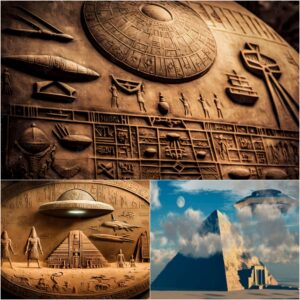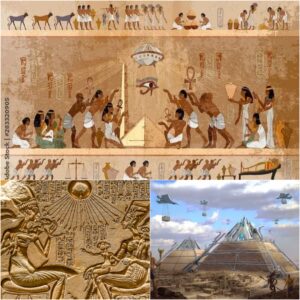
The document known as the “Tulli Papyrus” has sparked intrigue as an ancient text possibly detailing the earliest recorded UFO sighting. Originating from ancient Egypt, the text recounts an event during the 18th dynasty around 1480 BC. The essential question surrounding the Tulli Papyrus is whether it presents evidence of extraterrestrial existence.
Unveiling the “Tulli Papyrus”
Ancient Egypt, renowned for its rich culture and mysterious stories, houses an enigmatic document known as “The Tulli Papyrus.” Distinct from typical Egyptian papyri, this text vividly describes a massive UFO sighting during the reign of Thutmose III.
Forgotten for centuries, the Tulli Papyrus gained attention in the 1930s. Alberto Tulli, director of the Egyptian section at the Vatican museum, claimed to have discovered the text in a Cairo antique shop during his visit in 1933. Rather than purchasing the expensive original, Tulli opted to make a copy, later replacing the hieratic script with hieroglyphs. This raised skepticism about its authenticity.
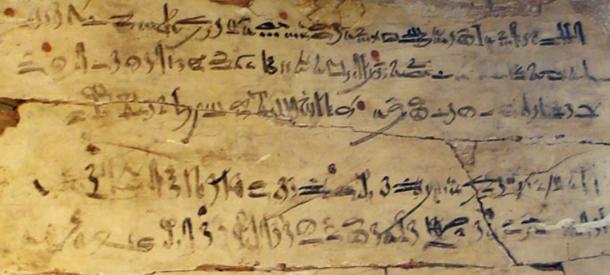
Despite the damage and gaps in the papyrus, Prince Boris de Rachewiltz managed to translate it. However, a notable detail adds suspicion to the story: the absence of the Pharaoh’s name in the ancient text.
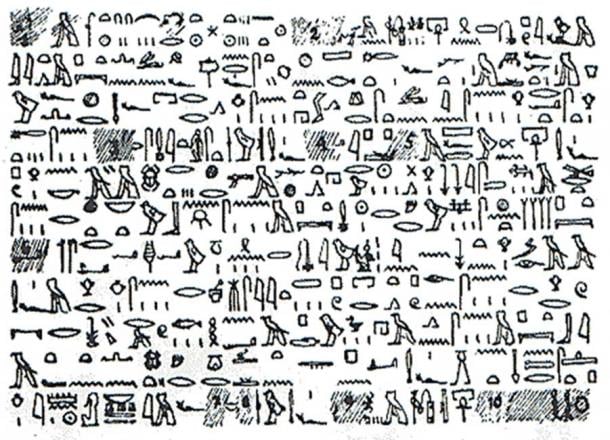
Translations of the Tulli Papyrus
Two translations of the ancient Egyptian text exist—one by Prince Boris de Rachewiltz and the other by anthropologist R. Cedric Leonard. Prince Boris de Rachewiltz’s translation describes fiery circles in the sky, bringing marvel and confusion among the people.
R. Cedric Leonard’s translation offers a clearer understanding of the strange fiery Disk, emitting foul odor and causing confusion among the witnesses. The event prompts consultation of scrolls in the House of Life, with His Majesty ordering documentation for eternity.
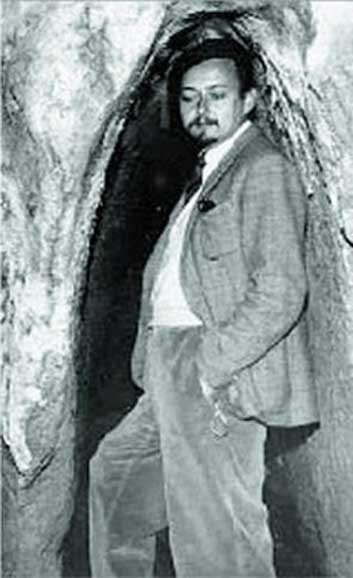


Should We Trust the Tulli Papyrus?
The Tulli Papyrus, potentially portraying a UFO sighting in 1480 BC, remains a subject of debate. Given the Egyptians’ advanced astronomical knowledge, the likelihood of them misinterpreting a celestial or atmospheric phenomenon as a UFO seems improbable. However, caution is essential as the papyrus is not an original document, and its authenticity relies on a single individual’s account. Until the original is located and verified, analyzing the nature of the described ‘circles of fire’ remains premature.

In conclusion, the Tulli Papyrus stands as a mysterious piece of ancient history, offering a glimpse into an intriguing event that has yet to be fully understood.





